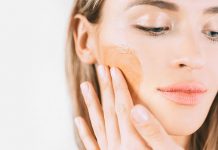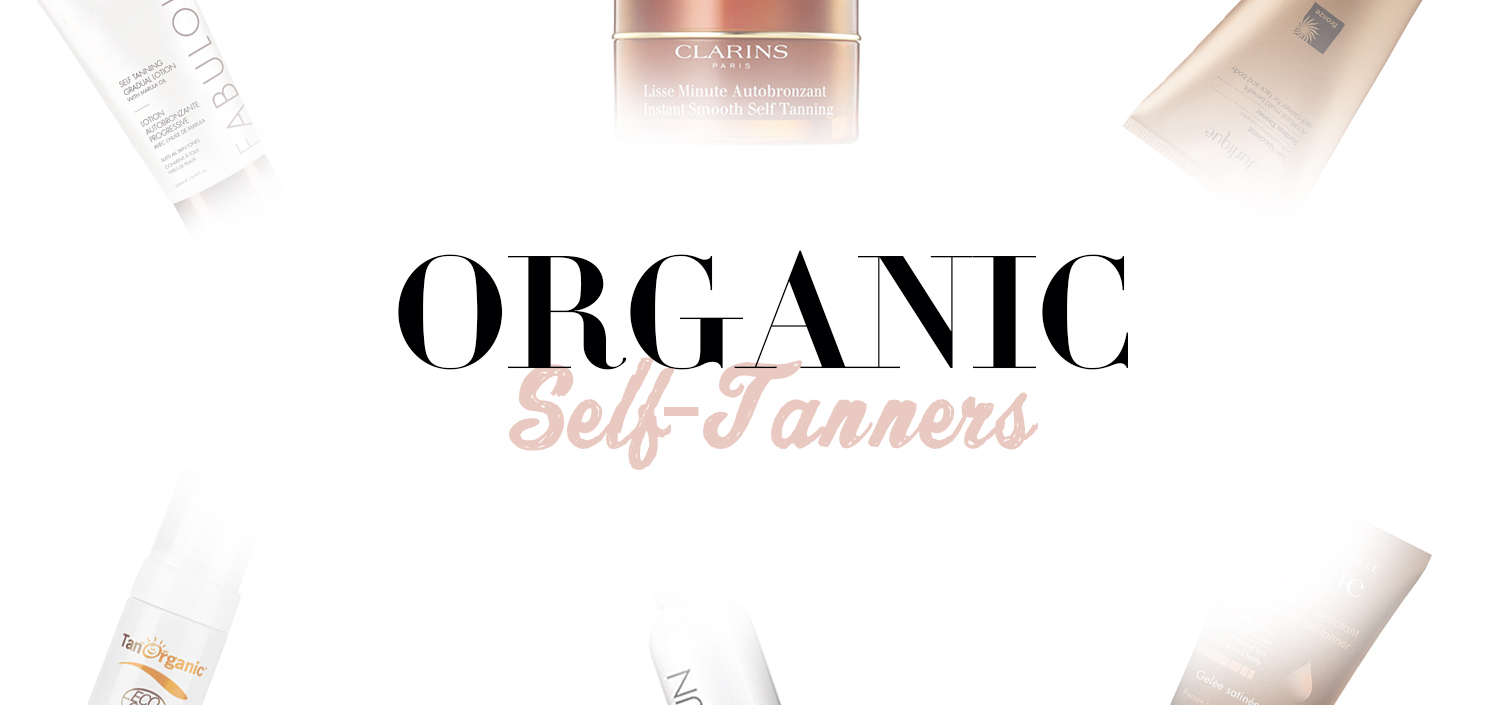
When it is not expedient to go to the shore and obtain the golden tan you seriously desire, a tanning bed is surely the next good thing to the sun’s radiance. However, you have to bear in mind that indoor tanning isn’t 100% safe, particularly if the person tanning surpasses the approved amount of time. You need to make sure you use your tanning bed the appropriate amount of times rather than go overboard, which can pose various risks and a bad tan.
But why?
Sure, most tanning beds bring about less UV rays as compared to what direct sunlight does, but because the rays are eminently concentrated, the hazard of sunburn builds up within just a short period of time. This is the reason why The Food and Drug Administration compel all of these devices to contain visible labels, clearly indicating the product’s recommended exposure periods.
So, how many times a week should you tan in a bed? Read on to learn everything you need to know about indoor tanning.
How Does a Tanning Bed Work?
Indoor tanning requires users to devote some time either standing or lying in front of a series of tanning tubes that have been wrapped by a sheet of clear Perspex. Generally, there are ten to fifteen tubes in any sunbed. Additionally, for the tanning tubes to acquire the necessary outcome, the user is required to lie or stand at close range.
The ultraviolet radiation from the indoor tanning lights which makes your “golden tan” is a form referred to as UVA. Such rays are the ones that prompt melanocytes cells found in the underneath layers of the skin, to produce melanin, a type of skin pigment that is brown in color.
Read more: How Does a Tanning Bed Work?
How Many Times a Week Should I Tan for?
Obtaining a tan with the aid of a stand up tanning bed could be accomplished in a matter of a few minutes; however, it could take a number of sessions to produce the color you prefer. More than that, if you wish to spend more time in one session, the outcome will be similar with regular sunburn that comes with soreness, reddish skin and peeling.
It is common to begin with merely four to five minutes per session for the base tan. When you have a base tan already, you can now start going for slightly longer sessions every few days.
After one session, make sure to wait for at least 36-48 hours until your next. This is for your skin’s melanin production to develop healthily and prevent serious skin conditions. When you begin to tan, you can go 3-4 times a week for 30 minutes per session at most.
Once you reach your desired complexion, stick to visiting the tanning salon 1-2 times a week rather than going for longer. These shorter tanning sessions will help maintain your tan with fewer risks of burns and other adverse effects.
Do you Know How to Tan Properly?
Probably, the most significant facet of owning a tanning bed is having a deeper grasp of a tanning bed’s safety. While it is a reality that a golden tan is a person’s main objective, that objective should not come at the expense of your health.
Are indoor tanning sessions risk-free? For a fact, these are safe to use. However, it is crucial to adhere strictly to all the safety precautions. Keep in mind that wearing lotion to shield your skin from UV rays is always best.
Tanning bed lotions are available from retailers of indoor tanning salons, and of course, you can also get them from drug stores. Moreover, wearing goggles in a tanning bed is also very important to properly safeguard your eyes. Note that without goggles, there will for sure be some health issues to expect.
Always be reminded that it is not good to overdo and always listen to what your body has to say. Likewise, if your skin becomes irritated, consider cutting the frequency of tanning bed use. Needless to say, safety should always be your top priority, even prior to obtaining an attractive tan.
What is the Purpose of a Skin Type Survey?
There are certain skin types that have higher risks for developing skin cancer and sun damage. This is the reason why it is important to know what your skin type is prior to tanning.
In reality, responsible tanning implies warding off sunburn at all costs; and as conducted by a competent sunbed operator in a professional tanning salon, slowly heightening your exposure times hinged on your individual skin sensitivity to ultraviolet exposure, that is more precisely foreseen by skin types.
It is quite necessary to work out your skin type. At present, almost all tanning salons assist their clients with regards to learning what their skin type is. It is worth noting that skin types range from Type 1 to Type 6. Type 6 means dark skin that could tan quite fast while Type 1 means very light skin that could burn very fast. Typically, the best way to tan is beginning with a short period of time on the tanning bed, slowly augmenting the time over a period. To boot, recommendations differ. Diverse UV light bulbs come with varied strengths and pout put, this implies that what is right in one salon may be quite distinct in another.

Why does my tan fade?
In point of fact, there are various reasons why a person’s tan fades. Should you wish to avoid having your tanned skin fade easily in no time, ensure that you avoid the following:
How to Stay Safe When Indoor Tanning
Your primary objective is none other than your safety and this is especially true when you first utilize a tanning bed. It is highly recommended to begin with short sessions and then just slowly build up from there. Be reminded that little and not too frequent is the key here.
It matters to observe how your body responds as well prior to increasing the length of your tanning session. You must take into consideration that it is not safe to use it more than 20 minutes in a single session alone. When you use a tanning bed, one of the instructions that you need to always follow is the use of tanning bed lotion.
What is more, there are lotions that are primarily formulated to shield you from excessive UV, on the other hand, there are the ones that are designed to help people obtain deep and rich skin tans you have always desired for. After tanning lotion, it is also a must to wear goggles – this is to avoid having your eyes damaged and this also aids in inhibiting the emergence of wrinkles surrounding the eyes.
Fundamentally, drinking plenty of water is always beneficial when you’re tanning but more so to your overall health. When you finish each tanning bed session, do not forget to moisturize your skin. Over and above, using a tanning bed will significantly help you feel good and look better. You only need to ensure that you seriously take all the required precautions.
In truth, cancer from the use of tanning beds is no illusion. Several instances of people who developed skin cancer due to use of such devices were documented. But, the delighting news is that having a deeper insight and understanding of the use of tanning bed could aid considerably lessen all risks.
Wrapping It Up
For the most part, tanning beds are very safe to use- but this is only if you stringently consider the precautions. There are some people who’ve suffered from certain conditions from tanning sessions, and the reason behind this is because they have used them too often and for too long. As you can see, these are actually the “don’ts” that you have to strictly adhere to when using such devices.
The main point here is that while indoor tanning sessions could have hazardous long-range adverse effects, it is still possible to limit and at times reduce the hazards through wholeheartedly taking the proper safety measures.
If you understand the perils of skin cancer in connection with tanning beds and you still prefer skin tans, it is a must to seriously take all the precautions mentioned above to avoid further damages in the long run.









